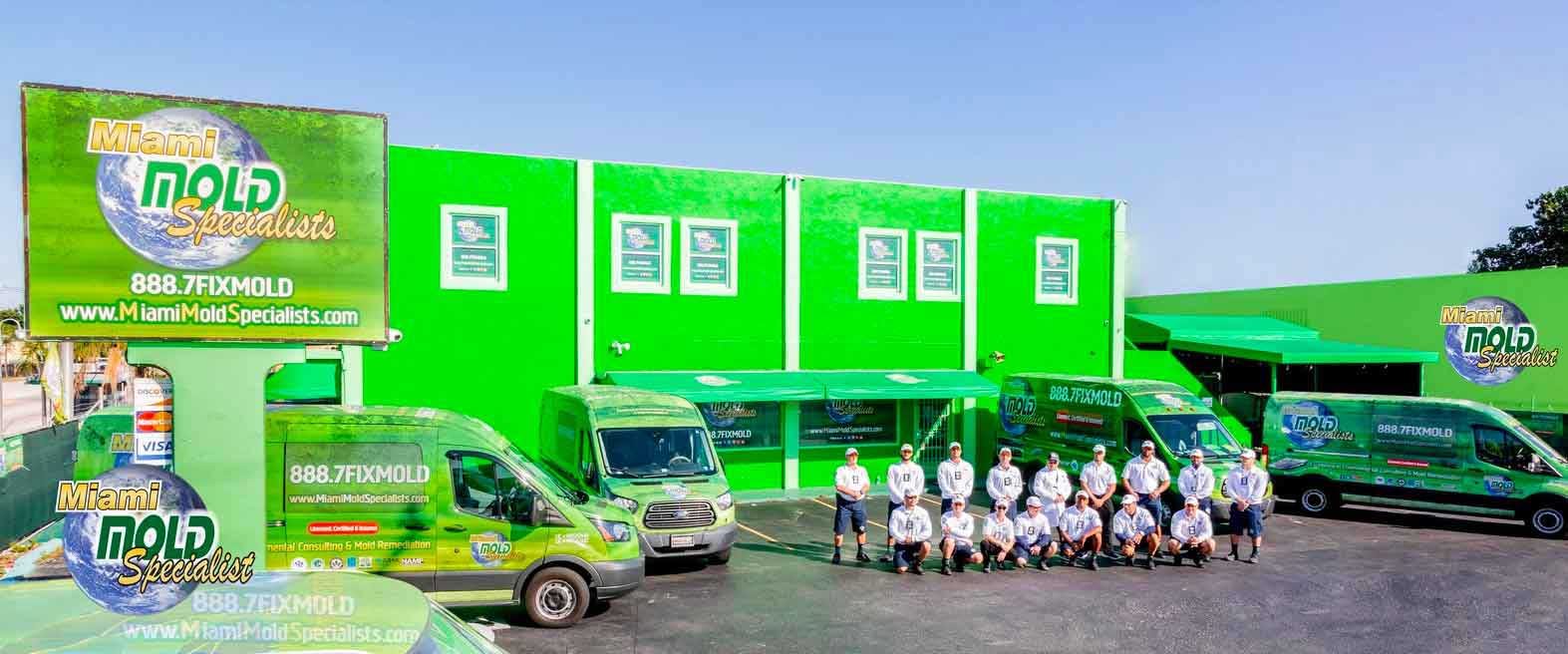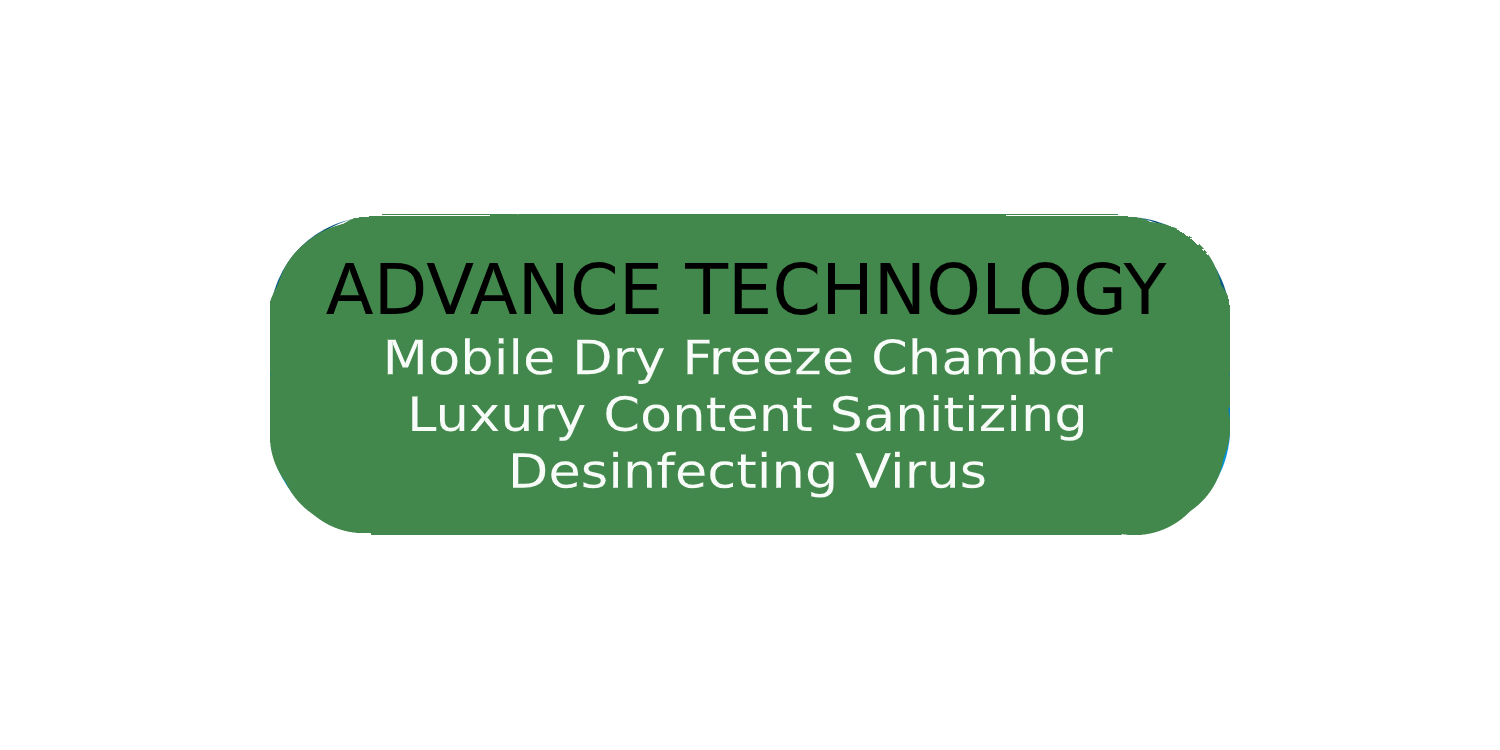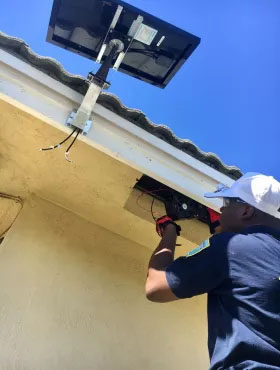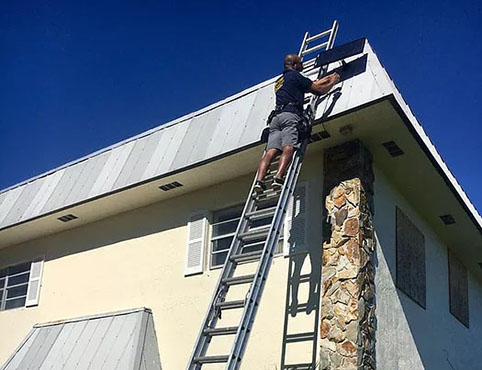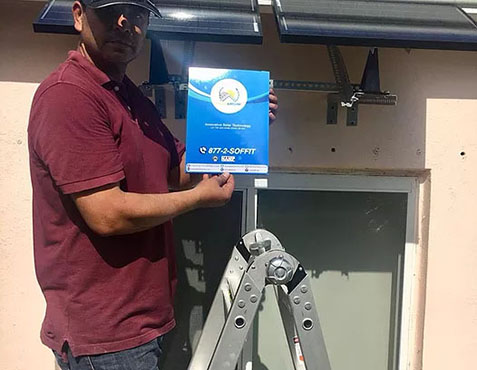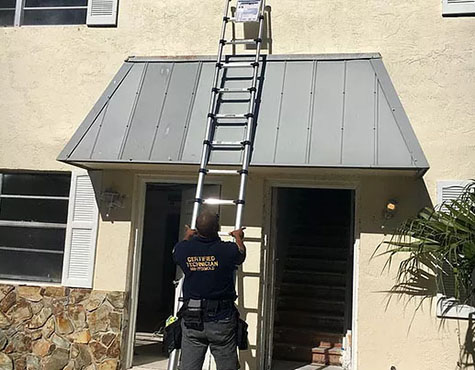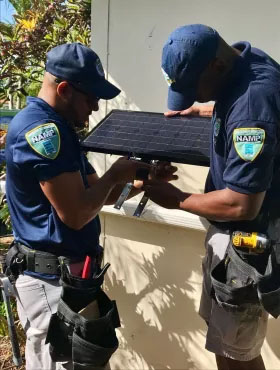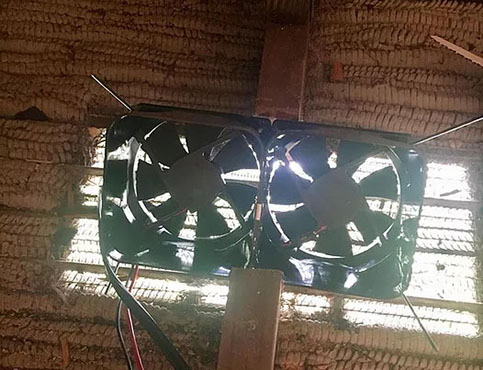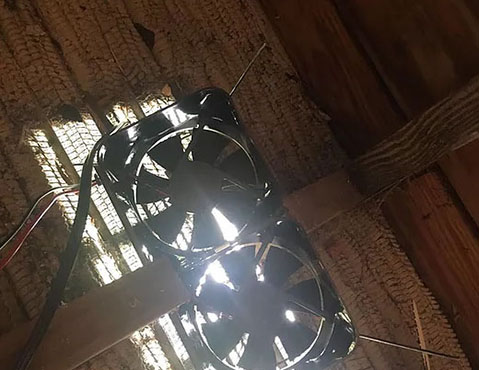
SOLAR AIRFLOW – EXCLUSIVE FOR MIAMI MOLD SPECIALIST UV, SVC & HYDROXYL TECHNOLOGY
![]()
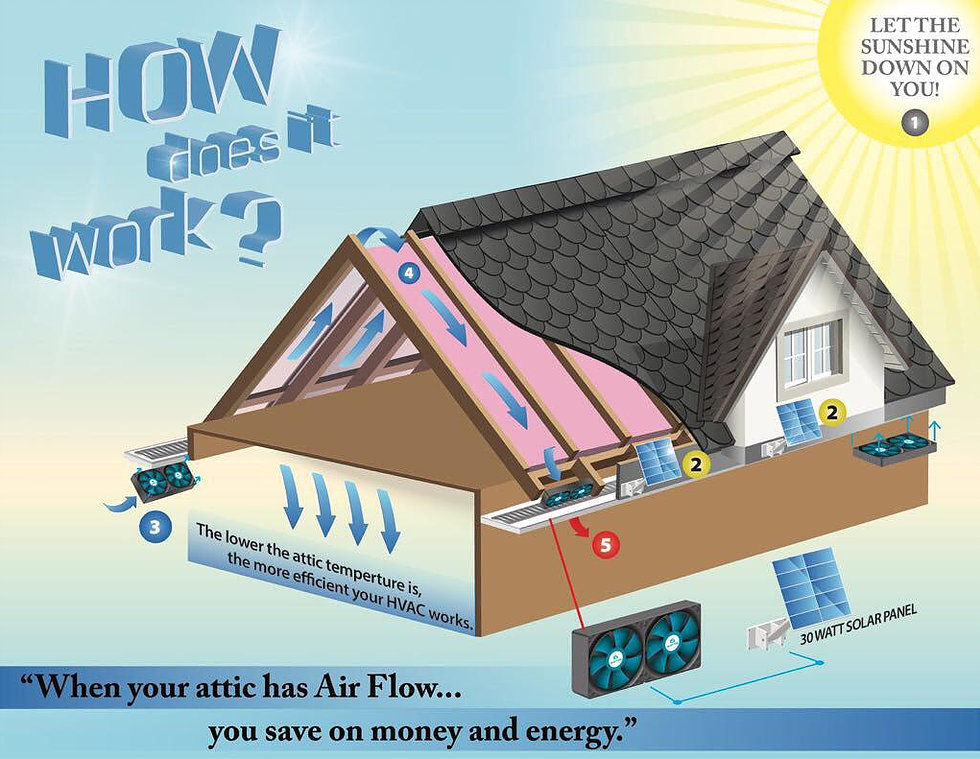
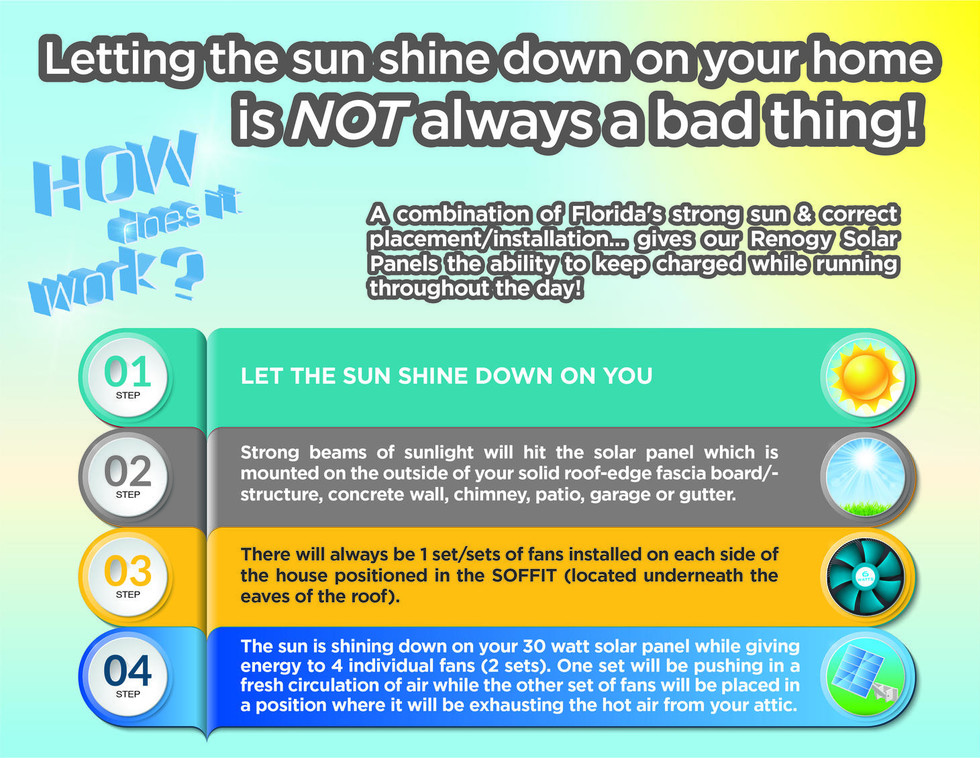
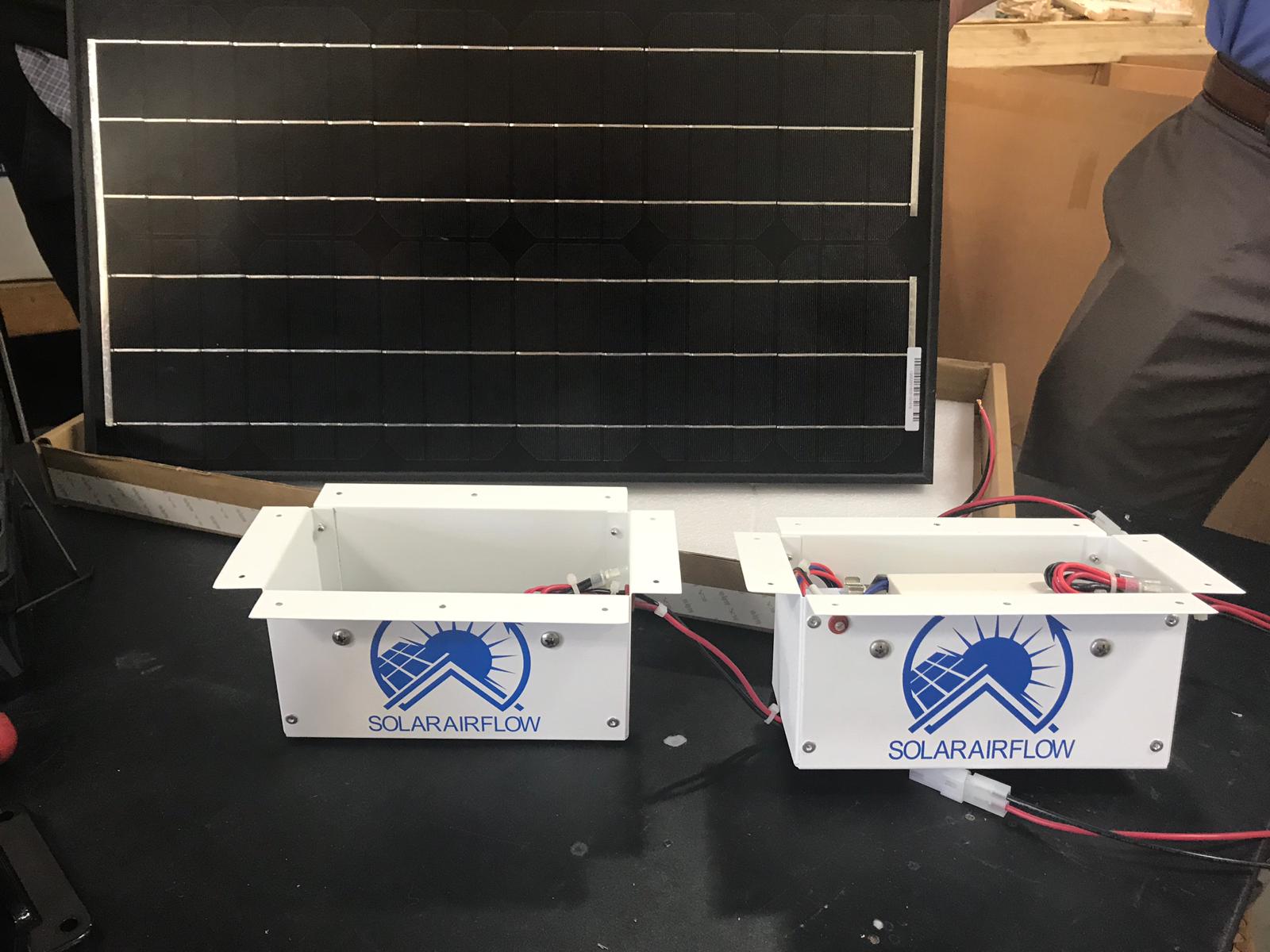
PREVENTIVE MEASURES AGAINST MOLD GROWTH
Energy from the sun can be captured in two ways: as thermal energy or as light energy. Photovoltaic (PV) technology, also known as solar panels, converts the sun’s light energy into an electrical current.
Solar power systems have become very popular with Australian home owners, with more than 1.7 million roof top systems installed across Australia (as at 1 July 2017) and are starting to make their way into American homes. While the upfront cost of a solar power system must be met, once installed they require little maintenance, can be expected to last 20 years or more, and the electricity they generate is free. The cost of solar panels is coming down quickly and systems are becoming more affordable for many households. The purpose of Attic Insulation is to create a barrier to prevent outside heat from entering your home. Over time the insulation’s efficiency will naturally degrade, due to a combination of excess Attic heat and moisture. A common consequence to this is a direct correlation to an increased Energy bill as well as mold growth. Solar Air Flow removes excess Attic heat and moisture, keeping your insulation perfectly intact, which in turn keeps more money in your pockets and your home with a normal fungal ecology.
HVAC IS MORE EFFICIENT
HVAC, otherwise known as “Air Conditioning” works throughout the day to keep your entire home at a desired temperature. Lowering your AHT (Average Home Temperature) will lower your HVAC’s usage therefore saving you dollars and maintaining your systems efficiency for the long haul.
SHINGLES LAST LONGER
Ever find yourself sweating on your walk from the car to your front door? Imagine spending your entire day basking in the beams of Florida’s sun. Your roof shingles absorb heat and distribute it directly into your Attic. With Solar Air Flow’s product, we’ve finally allowed your shingles to obtain that breeze we experience every time we enter our Air Conditioned homes. Solar Air Flow will allow your shingles to stay cooler, last longer and aid in maintaining that desired AHT (Average Home Temperature).
CALL US AT: (305) 763-8070
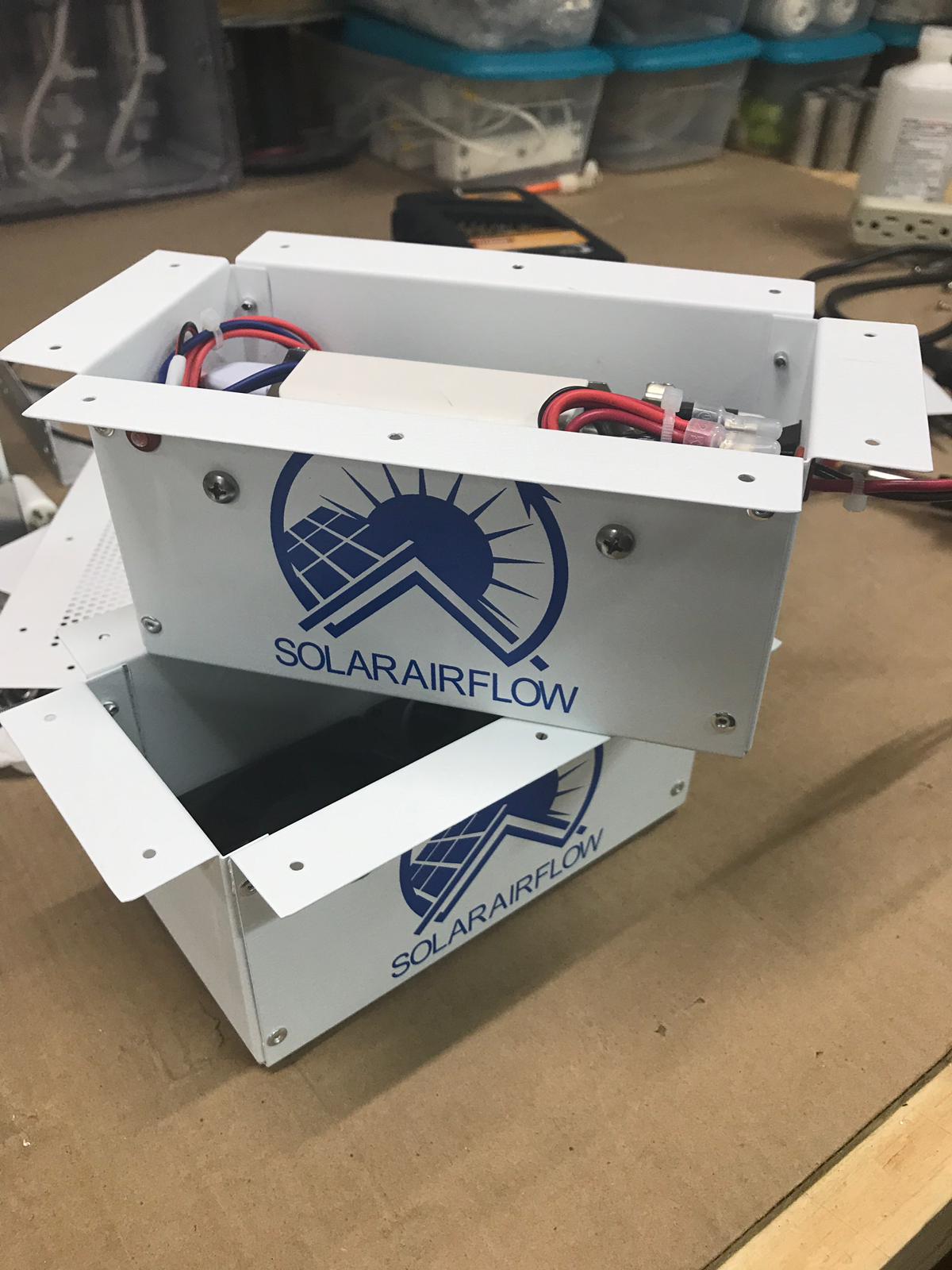
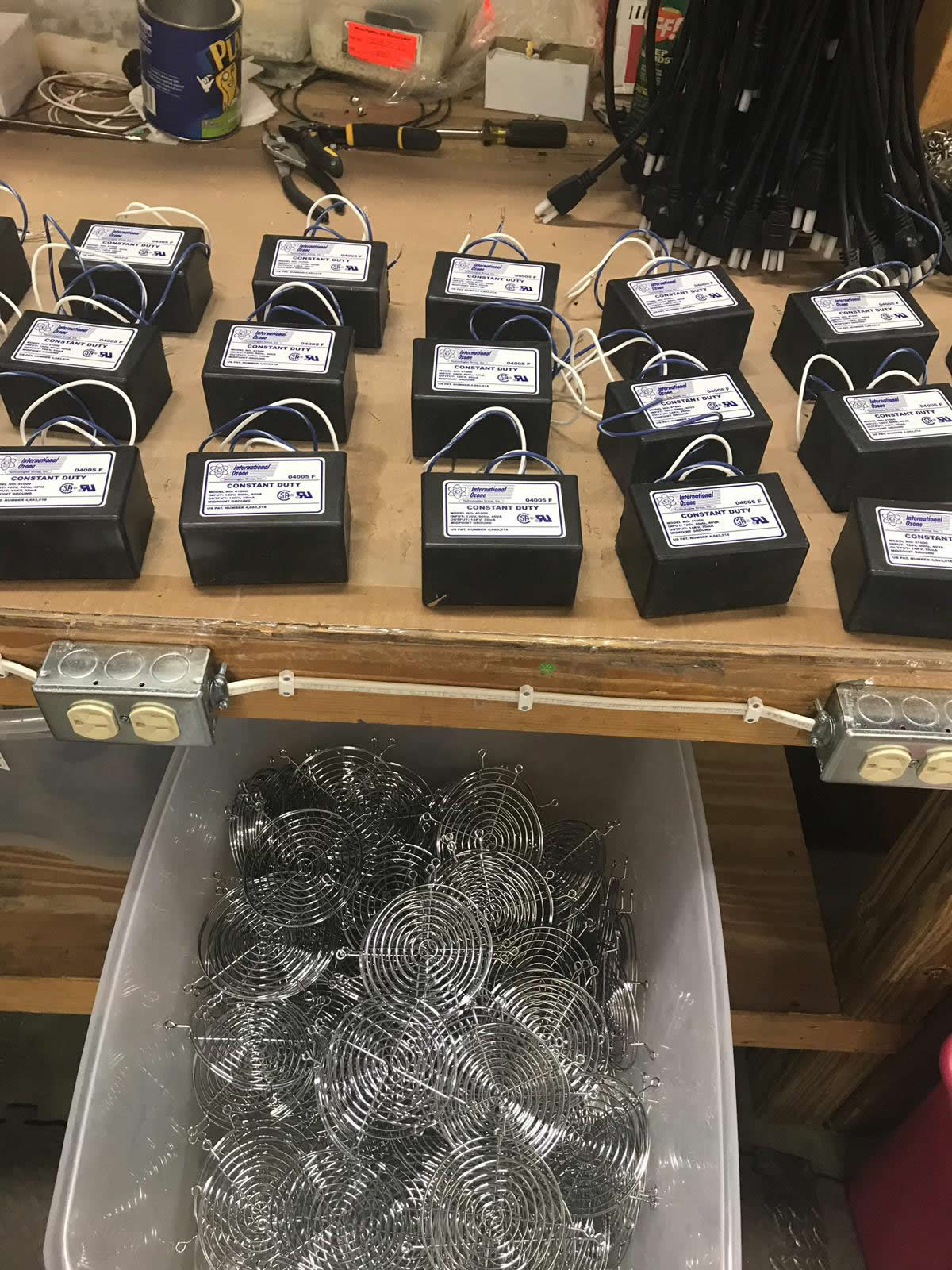
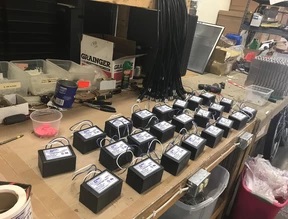

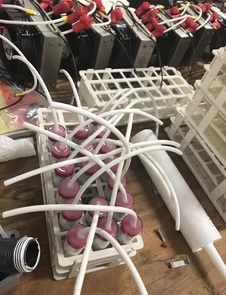
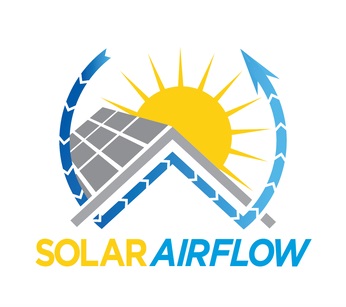
EXCLUSIVE FOR MIAMI MOLD SPECIALIST
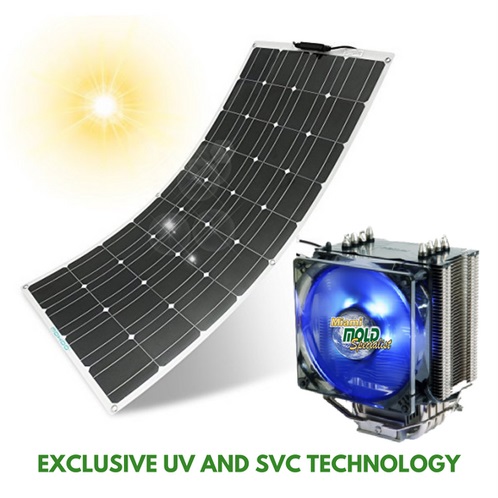
BUILT IN ULTRAVIOLET AND THE LATEST IN SOFFIT VENT COOLING TECHNOLOGY TO KILL AIRBORNE SPORES
Solar Airflow attic fans use the sun and the natural process of thermal stratification, which is the layering of rising air, from cool at the bottom to hot at the top, to cool the lower attic and living area ceiling below it. Instead of conventional single exhaust fans near the top of the attic, Solar Airflow’s fans use multiple, spaced supply fans to push cool, dry air from under the shaded roof overhangs, into the attic and across the top of the ceiling insulation, then toward the center of the ceiling, creating a cool, dry layer between the ceiling and the hot attic air above it. Less heat and moisture enters the living area, and A/C is not pulled up, through the ceiling, by an attic exhaust fan. Output should be directed from the soffit vent, horizontally across the attic, blowing fresh air in just above the attic ceiling insulation. If insulation baffles are installed, ensure they allow at least the same opening area into the main attic as the fan opening
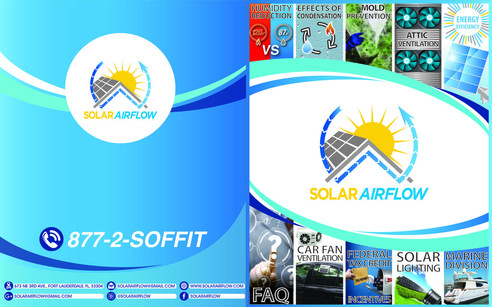
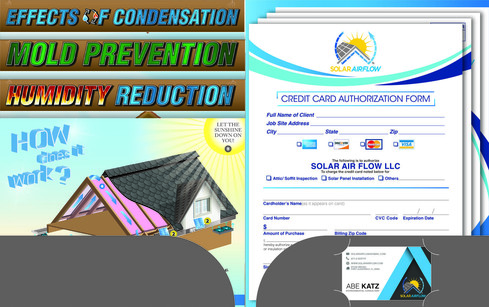
Product Information
More compact, more robust, higher discharge pressure than previous models. Suitable for more restricted soffit vents. Reduces attic heat & humidity. Ventilates up to 1000 square feet of typical, non-partitioned attic as fresh air supply. Fans install through existing soffit vents between 16”o.c. or 24”o.c. roof trusses. Solar panel Flex Mount attaches to solid structure, not on the roof.
Distributed or combined fan fresh air supply. Water & dust resistant to IP55 or greater. Automatic solar on-off; no thermostats, humidistats, or controls needed. No roof or attic access needed. Easy adjustments.
Total cfm > 420 (typical) Pressure – 0.37” H2O
Sound – 45 dBA
Includes – ·
- 12 volt 30 watt mono-crystalline solar panel, 18” x 22” x 2”, 6.2 lbs (approximately) ·
- Flex Mount 8”x4”x4” adjustable solar panel mount with 6″x6″ standoff adapter ·
- (2) 12 volt DC fan clusters with tool-free spring mounts, each cluster 9.5”x 5.5” x 3.3” ·
- (2) 15 foot UV and water-resistant 16awg wires with waterproof connectors ·
- Mounting screws.
Appearance – Solar panel can be mounted anywhere there is sunlight, up to 120 feet from the fans, out of sight. Fans are located inside roof eaves or crawl space vent. No protruding boxes or domes. Solar panel mounts can be painted to match structure.
Fans – Safe, quiet, state-of-the-art 12VDC, high efficiency, UL Listed, brushless motors, polarity protected, with locked rotor protection.
Safety – Low power, no fire or shock hazard. All electrical components and plastics are UL Listed. Plastics are low smoke, fire retardant, self-extinguishing. Once installed, no exposed moving parts.
Installation Safety – No attic or roof access required for solar panel or attic fan installation. Everything installs at the side of the building with a drill, a screw driver, and a wrench. A ladder is needed for solar panel installation and soffit fan installation.
Tools Required – Solar panels mount with a drill and an adjustable wrench. Soffit fans mount inside the soffit vent with built-in metal spring mounts, no tools are required other than for opening the vent. Crawl space fans mount with a drill and a screw driver. All electrical connections are plug-and-play and/or wire nuts.
Weather Tolerance – The roof membrane is not involved, so there are no potential leaks. Solar panels can be mounted to solid roof-edge fascia board/structure, to building structure, or to other solid structure. Solar panels and installation are designed and made for hurricane strength winds, but are easily taken down (2 nuts and bolts) before hurricanes/named storms. Fans are water and dust resistant to IP55 or equivalent, located inside the structure, out of direct weather. External wires are stranded copper, UV and water resistant. Fans are installed/located inside soffit or foundation vent louvers and/or screens where they are protected from blowing precipitation and debris, such as inside the soffit vents, inside the attic eaves, or inside foundation vent louvers/dampers.
Ventilation Area – Recommendations are based on our tests and experience with typical attics and crawl spaces that do not have partitions. They are not based on conventional attic fan or crawl space fan CFM recommendations. Results vary somewhat for each application.
Sunlight Adjustment – Always use the solar panel swivel mount to point the solar panel to the southwest! This will help prevent the fans from coming on in the early morning when the attic air is cooler (soffit fans) or ground condensation is present (crawl space fans), and will prolong the fan run time later in the day.

What Creates Condensation?
Condensation is created when warm, moist air merges with another air and/or surface that has a colder temperature that causes it to not be able to retain the same amount of moisture as it originally did leading to the release of water into the cold air and/or cold surface which makes the condensation form.
How Does Condensation Affect My Attic?
Once it forms in your attic condensation begins to damage the surfaces located inside of it – attics contain wooden surfaces as well as ductwork which are both organic sources of protein for bacteria such as mold to begin thriving. (See Mold Prevention for more information)
What Are Signs To Look For When I Suspect There Is Condensation In My Attic/Home?
Odors: Musty/moldy/humid odors that do not go away or are noticeable when your A/C is running.
Mold Spots: Thread-like clusters of small, black/green/brown/white dots and/or spots on surfaces and items.
Water lines: Noticeable water lines throughout surfaces, could be yellow or clear.
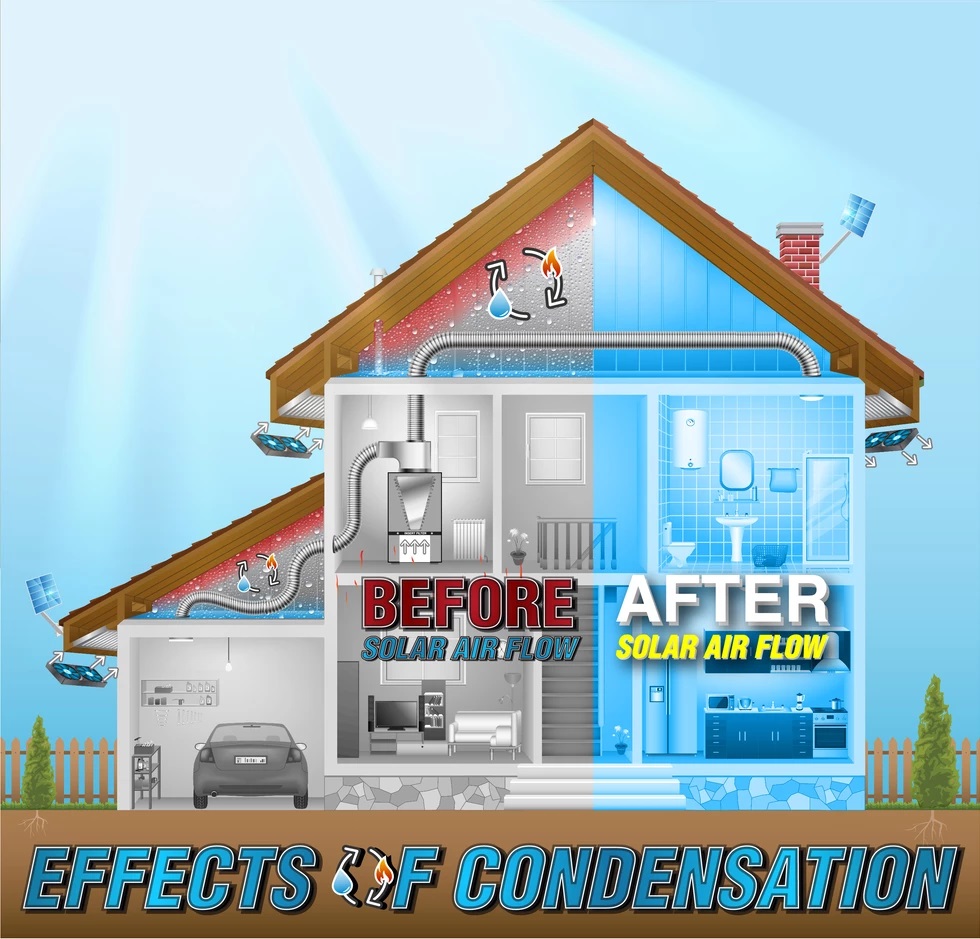
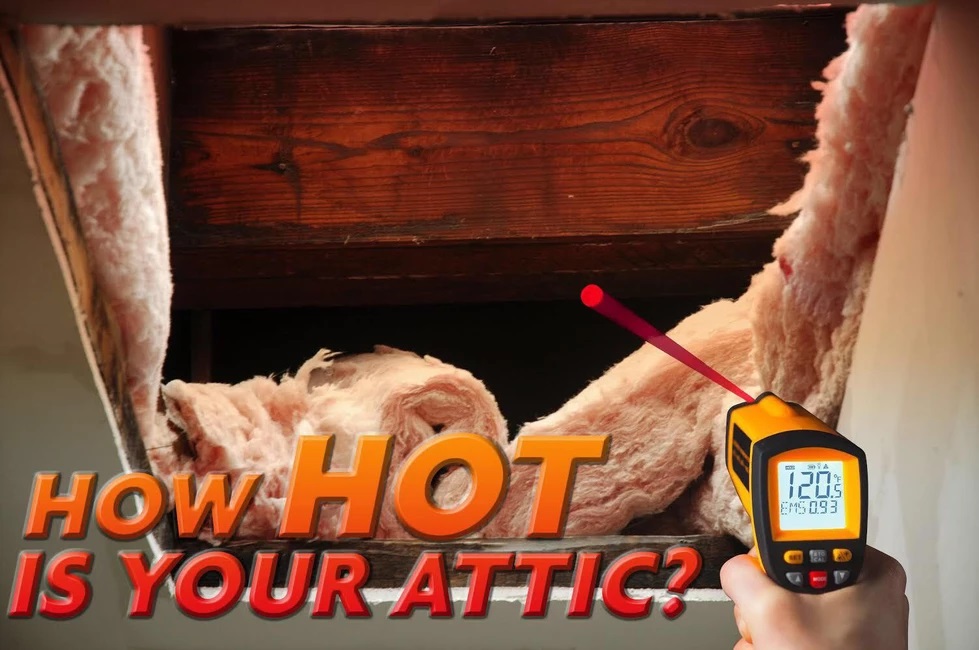
House attics trap heat from the sun, hot air, and moisture. The heat and moisture pushes down into the house’s living area. The A/C runs constantly to try to keep up, and mildew and mold can form where the A/C-cooled ceiling meets the hot, moist attic air. The living area seems “musty” and you can feel the ceiling heat.
Static attic vents, such as soffit vents and ridge vents, help a little by letting some of the hot air out of the attic, but they are often ineffective, and attic temperatures above 140-150 degrees are common. Conventional attic exhaust fans and wind turbines can pull hot, moist air out of the top of the attic at one or two spots, but cooler, drier air doesn’t reach most of the ceiling area in the bottom and center of the attic, where it’s needed the most to help the living area. Any fresh air that enters through soffit vents around the attic edges is drawn upwards along the underside of the roof, never reaching the living area ceiling in the bottom and center of the attic. Unfortunately, conventional attic exhaust fans may also pull air conditioned air through gaps and cracks in the ceiling, causing moist, hot air to enter the house through windows, doors, and floors below. If the attic seems cooler when attic exhaust fans are running, it may be because the A/C is being pulled into the attic, costing $$$$!

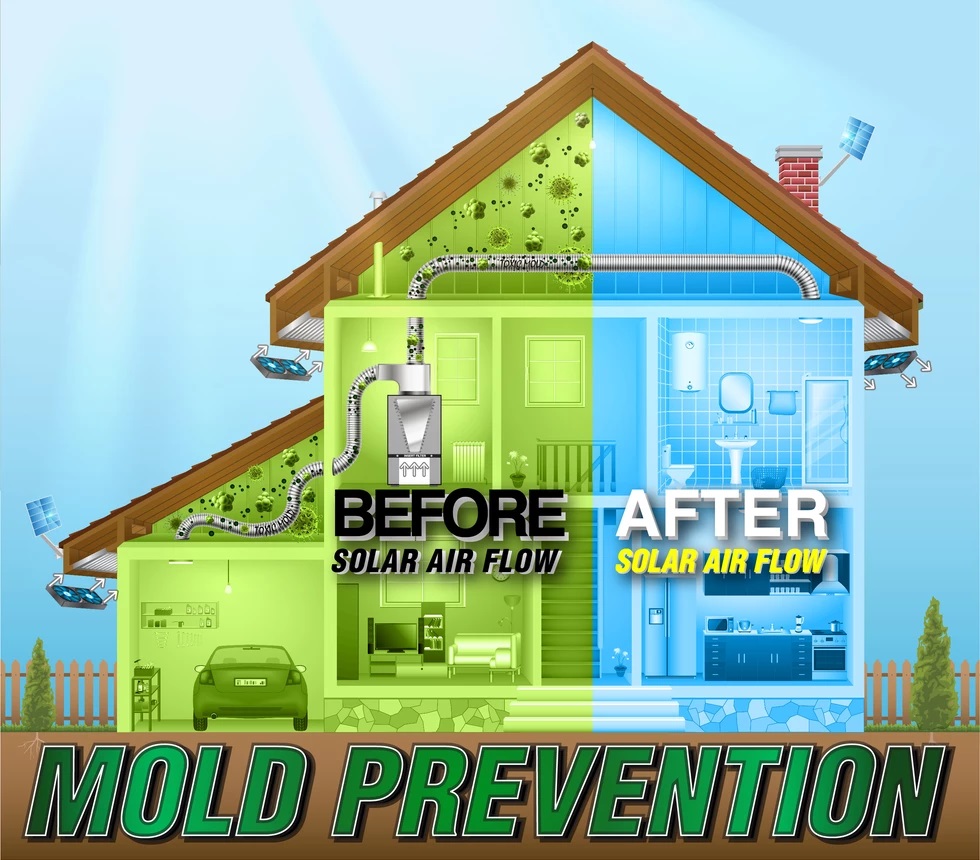
PREVENTIVE MEASURES AGAINST MOLD GROWTH
Energy from the sun can be captured in two ways: as thermal energy or as light energy. Photovoltaic (PV) technology, also known as solar panels, converts the sun’s light energy into an electrical current.
Solar power systems have become very popular with Australian home owners, with more than 1.7 million roof top systems installed across Australia (as at 1 July 2017) and are starting to make their way into American homes. While the upfront cost of a solar power system must be met, once installed they require little maintenance, can be expected to last 20 years or more, and the electricity they generate is free. The cost of solar panels is coming down quickly and systems are becoming more affordable for many households. The purpose of Attic Insulation is to create a barrier to prevent outside heat from entering your home. Over time the insulation’s efficiency will naturally degrade, due to a combination of excess Attic heat and moisture. A common consequence to this is a direct correlation to an increased Energy bill as well as mold growth. Solar Air Flow removes excess Attic heat and moisture, keeping your insulation perfectly intact, which in turn keeps more money in your pockets and your home with a normal fungal ecology.
HVAC IS MORE EFFICIENT
HVAC, otherwise known as “Air Conditioning” works throughout the day to keep your entire home at a desired temperature. Lowering your AHT (Average Home Temperature) will lower your HVAC’s usage therefore saving you dollars and maintaining your systems efficiency for the long haul.
SHINGLES LAST LONGER
Ever find yourself sweating on your walk from the car to your front door? Imagine spending your entire day basking in the beams of Florida’s sun. Your roof shingles absorb heat and distribute it directly into your Attic. With Solar Air Flow’s product, we’ve finally allowed your shingles to obtain that breeze we experience every time we enter our Air-Conditioned homes. Solar Air Flow will allow your shingles to stay cooler, last longer and aid in maintaining that desired AHT (Average Home Temperature).
